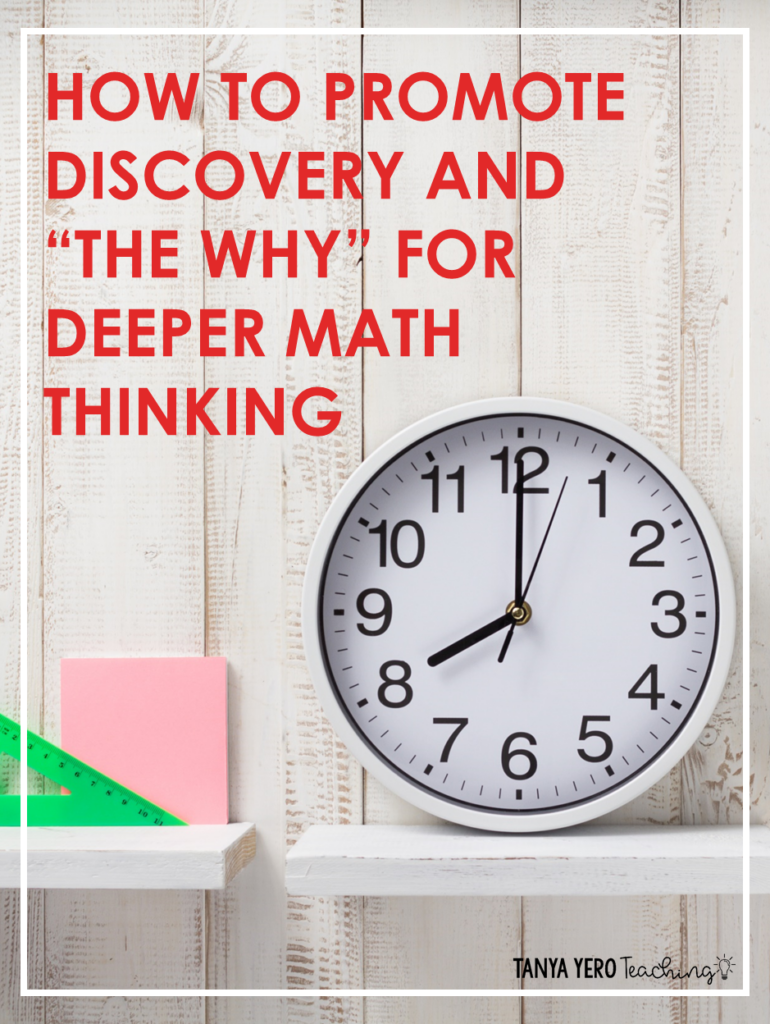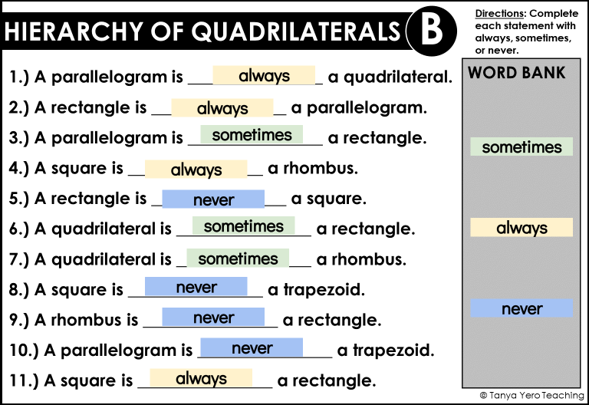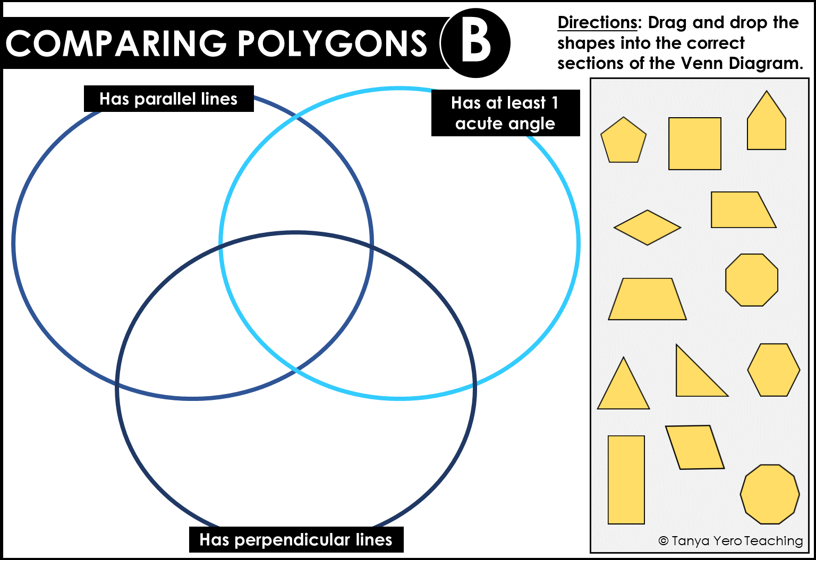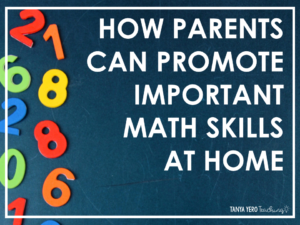You’ve heard parents say that they don’t like the “new math” or today’s way of teaching math. In reality, math hasn’t changed. The “new math” allows your students to discover the why behind math. Math phobia or fixed mindset from math often comes from not understanding the why behind math operations and problems. By using math resources to promote discovery and “the why”, your students also become deeper thinkers and succeed in math! Here are some ways to get started.
Use open-ended prompts and tasks.
Using project-based learning in math not only promotes deeper thinking, it helps your students see the real world connections. Project-based learning lessons are typically open-ended. First, students get a problem to solve. Next, they receive some tools to do so. Finally, they come up with a solution on their own or in small groups. With this project-based learning unit on angles and using protractors, your students receive a task to install security cameras in a community. To start, students have a budget, rulers, and protractors. Next, learners create the ranges and angles for each camera on a community map. Finally, their task is to have as many houses as possible within the view of 12 (or fewer) cameras.
Using project-based learning, open-ended tasks like this one help your students discover math beyond the drill and practice problem sets while they understand the “why” behind concepts.

Ask questions that promote understanding beyond memorization.
By far, my favorite way to teach math with rigor and help my students understand “why” is with POWER Problems. These problems start by asking questions that help students understand the why and the concepts behind the math skill rather than simply memorizing different algorithms to find an answer. Here’s how POWER problems work. First, POWER problems are PURPOSEFUL. That means they keep students focused while encouraging them to keep going! Next, POWER problems provide OPPORTUNITIES. These problems are used as bellringers, to introduce a lesson or new concept, as spiral review, or even to assess a skill. In addition, POWER problems are about ENGAGEMENT. These are real-world, relevant problems that are of high-interest to students. Because the problems are complex, your students are engaged. Finally, POWER problems are designed with RIGOR. Students are going to be challenged by POWER problems. Rather than just memorizing algorithms and procedures, your learners will practice conceptual understanding in order to get beyond applying a formula.
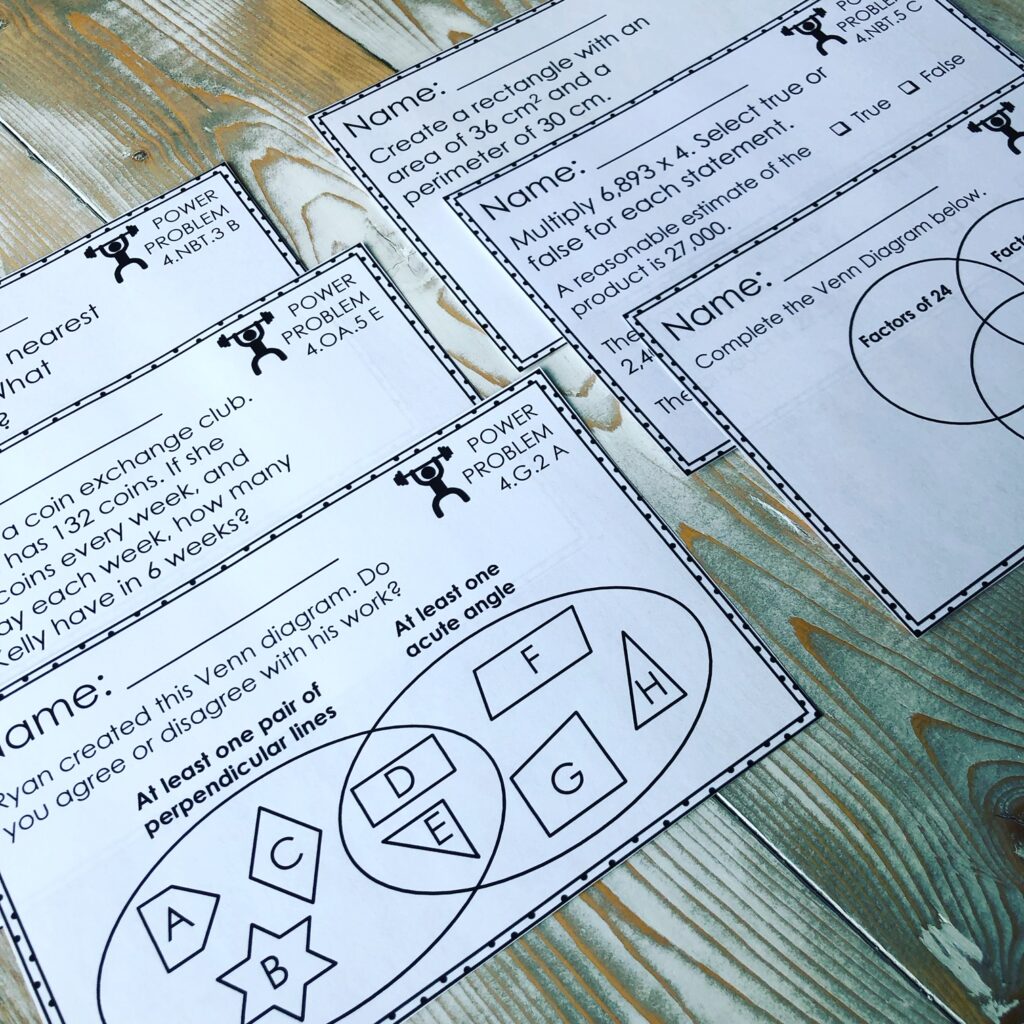
Use activities that promote self exploration.
Letting students explore concepts to generate discussions and inquiry is a perfect way to bring discovery into your math lessons! One of my favorites to use with upper elementary students is the types of triangles classifying activity. Help your students explore different types of triangles with this simple group activity. When I was in school, we simply memorized definitions of triangles. With this activities, students identify triangles and create “always, sometimes, and never” statements on triangles. Overall, this activity builds conceptual understanding. I also love teaching my students about quadrilaterals conceptually! First, have students study the attributes of quadrilaterals. Give them time to explore and “play” with manipulatives. Exploring geometry (and other math concepts) makes them more clear for learners. I am all about hands-on teaching! Overall, giving students opportunities to explore and discover math concepts in your class will help them go beyond memorizing and understand the “why” behind the math!
